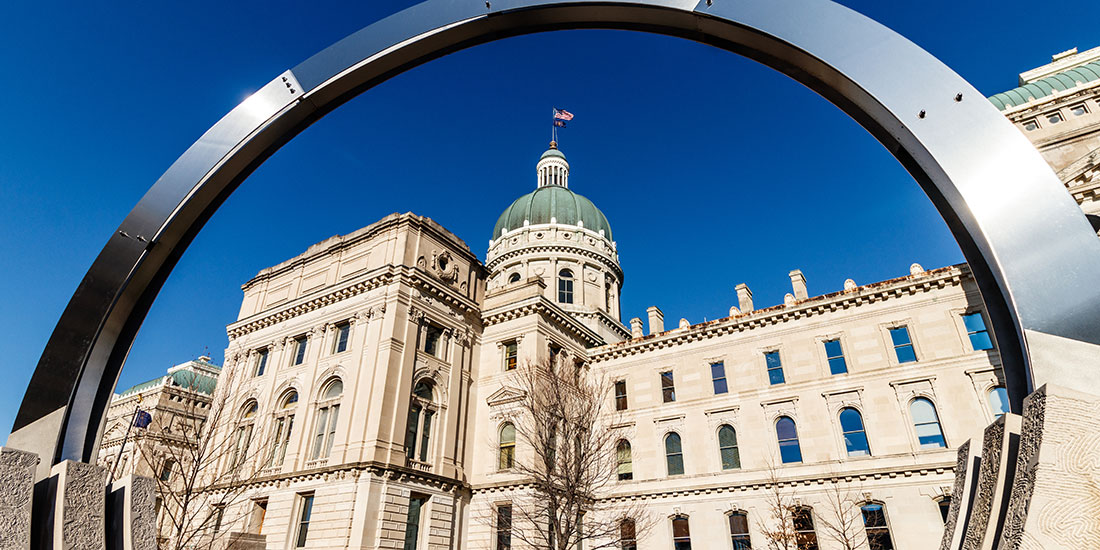Greater efficiency touted; change offers twist on transparency
A few months ago, we told you about how the Holcomb Administration was moving to standardize Access to Public Records Act requests for information, developing a unique form that would need to be completed for a request, and seeking to create consistent points of entry for requests made of the state’s executive branch.
This move has been in the works for quite a while – kicked around since 2017, but only finding legs in 2021 – as the Governor’s Office has looked to improve the user experience and establish a more efficient process by standardizing the APRA process so citizens and the media didn’t always have to learn a new way to secure information from an executive branch agency . . . though some have suggested that the changes are being implemented to afford 206 better control over and access to APRA requests.
The Indiana Office of Technology was tasked to build the process, and, working with agencies, IOT has devised a process that features a new request form and individual agency portals – there is no central access point as some had feared.
Access Indiana will be used to facilitate requests, and agencies may customize their respective forms with in-house check-offs (invisible to the requestor) and work-flow points detailed to internally monitor the progress and status of requests. The agency-facing form also includes a button that allows them an option to push an issue of significance to the Governor’s Office, as is the practice today, albeit manual and informal.
INPERS was first to go live with the new process. As of the end of May, 21 agencies were part of the program, and 25 more were said to be in progress.
One particularly interesting component of the process: an electronic log of APRA requests will now be displayed on the public-facing agency website.
The Governor’s Office has chosen to have each agency publicly detail each request and certain responses on its website. That means you can see a synopsis of each request, the requestor, the status of the request, and (sometimes) a link to the response . . . with exceptions made if a person is requesting personal information about themselves.
Agencies were generally required to make this information public in response to a request. However, the decision to proactively post this, which is at the discretion of each agency, offers what some might posit as greater transparency. This public information can tip non-parties to what investigations media or competitors might be conducting without someone seeking to check this having to effectively show their cards and let the original requestor know their request is now itself public (and, for example, thus allow one television station which made the original information request to preempt an investigation by another station).
At least arguably, if agencies did not previously maintain a comprehensive log of APRA requests, they were not legally required to compile one in response to a request. This sometimes made the process of preparing an APRA request that may have looked like fishing expedition of sorts into an art.

